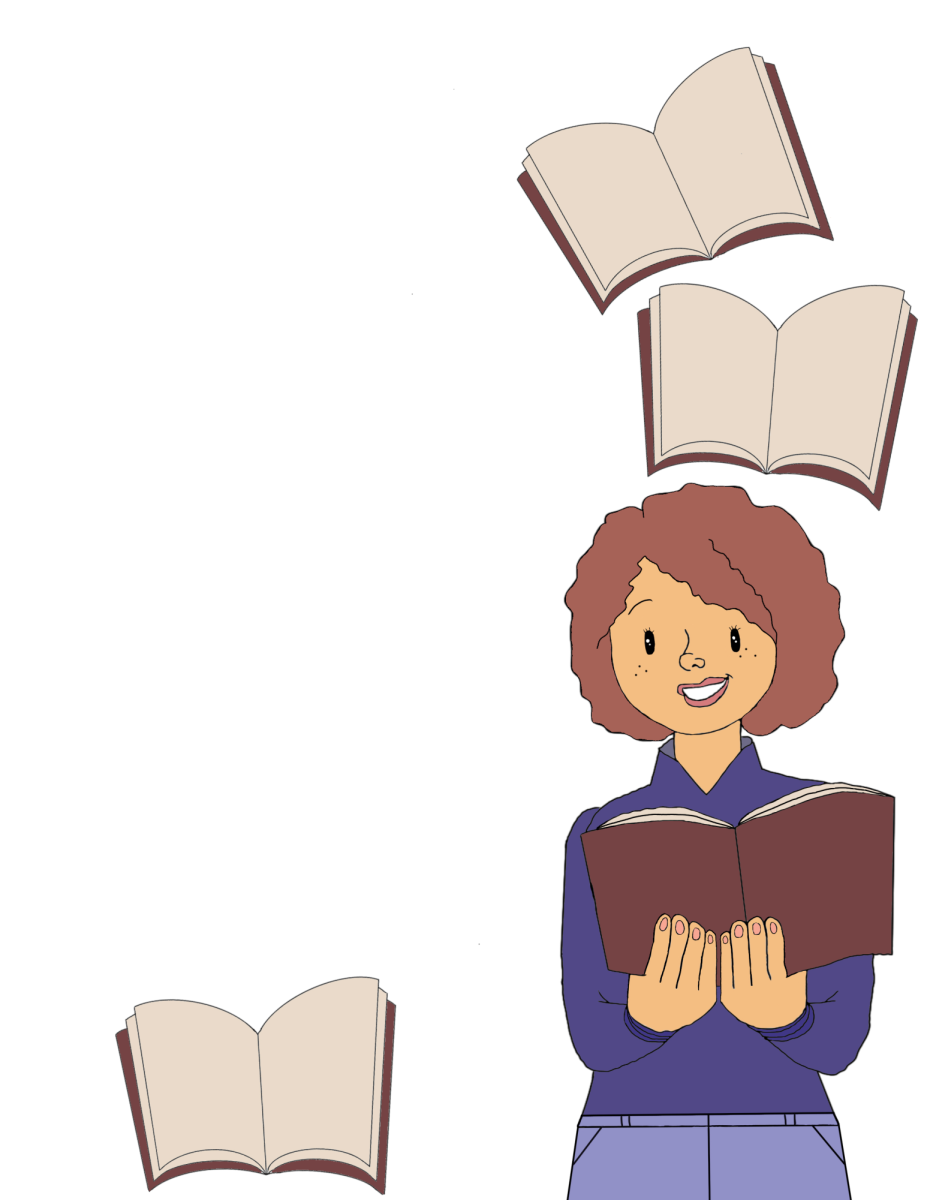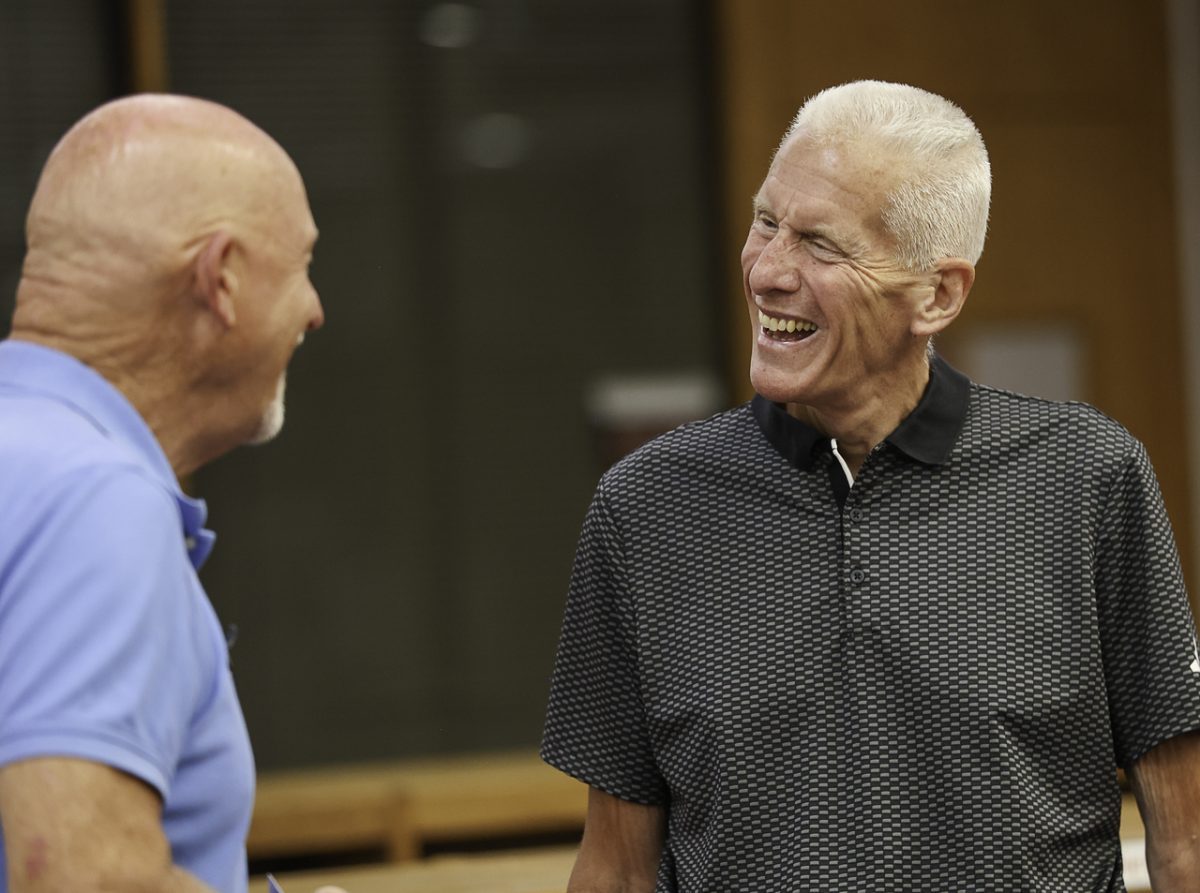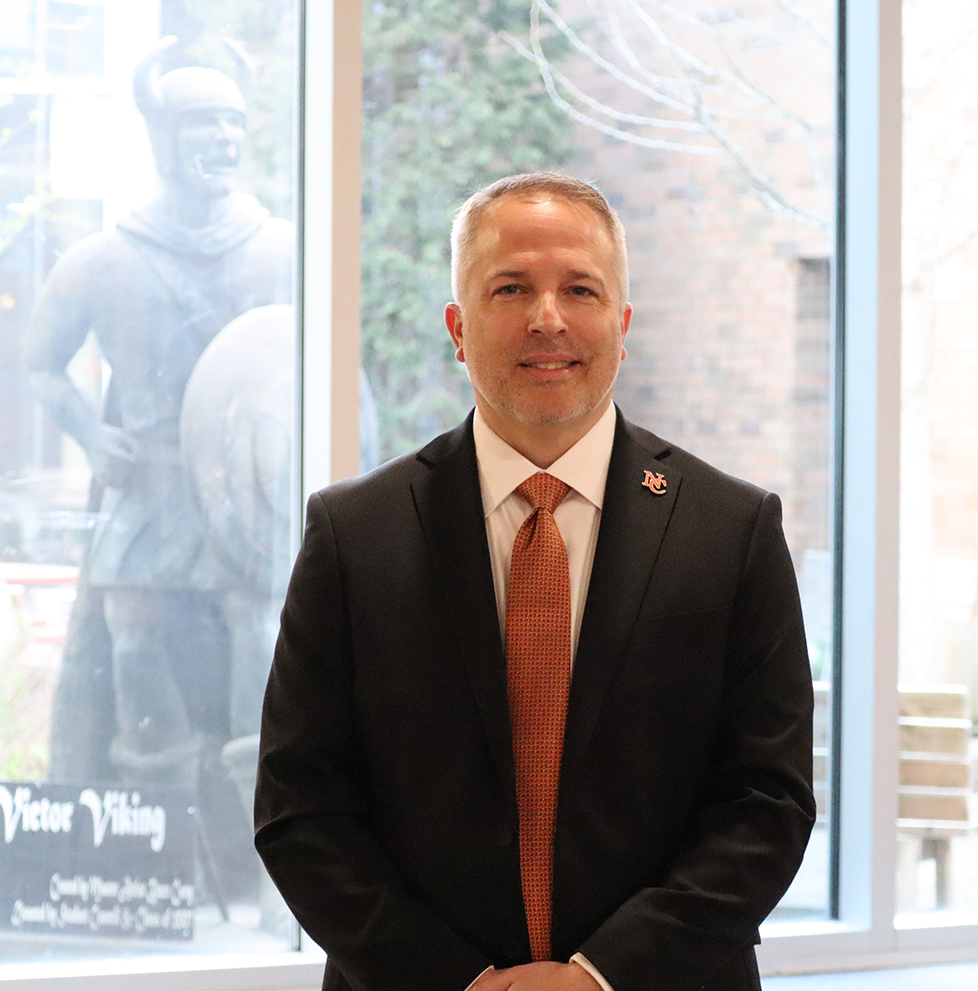Internationally, around one in five students has some form of dyslexia. With 20 percent of the world’s population being affected, schools need to take action to support those students. With dyslexia being defined as a specific learning disorder that is neurological in origin, school districts have many different approaches they can take to pick the best option for each student. North Canton City Schools (NCCS) Assistant Superintendent, Mr. Dave Pilati, explains the different options students with dyslexia have at their service.
“Some common accommodations include allowing extra time on tests, quizzes, and assignments; allowing students to respond orally on tests and quizzes; allowing the student to highlight and mark up the text on tests and quizzes; having tests and quizzes read to them by someone else; and providing texts that are read to the student via an online app,” he said.
With NCCS taking steps toward helping students with dyslexia, the Director of Instruction Mrs. Michelle Hostetler explains the goals the district hopes to accomplish.
“What we have to make sure when they don’t have all the skills, we have to make sure they’re still getting the core reading, the core social studies, core science,” Hostetler said.
In order to achieve this goal, NCCS has hired both reading specialists and intervention specialists at each school, one of them being Ms. Emma Owen, a reading specialist at NCMS. Owen picks up any kids that may be struggling with school and works with them. She helps them get what they need to get them on page.
Similar to what Owen does, teachers at North Canton Primary School work with students to develop reading skills and their work does not go unnoticed.
“They do an amazing job as a primary school right now with what they do in instructing students to read and I’m very proud of the work that our teachers do,” Hostetler said.
Primary school teachers often find when working with students that they can tell the difference between sounds, but not “put a label to it.” The main goal the district hopes to achieve is to help students reach their full learning potential.
“At NCCS we train our staff members on the use of evidence based reading instructions and interventions as well as how to make data informed instructional decisions with the use of our district supported assessments for all students,” Hostetler said.
Not only is it the goal of NCCS, but also throughout the state of Ohio. Over the past year and a half, the state of Ohio has mandated that all staff members must be trained to assist students with dyslexia or other learning disabilities.
“The first issued stated mandate required certain staff members (depending on content area taught and age of students taught by the staff member) to complete 18 hours of reading instruction training using either The Dyslexia Modules or an allowable alternative training,” Hostetler said. “The second issued mandate required most, if not all, staff members to receive training using either The Science of Reading Modules or an allowable alternative.”
Although all staff members have to complete some type of training, the amount of training varies based on what position a staff member is.
“Every classroom teacher and all intervention specialists in grades K-1 had to have at least 18 hours of training prior to the start of the current 2023-24 school year,” Pilati said. “Every classroom teacher and all intervention specialists in grades two to three must have at least 18 hours of training by September 15, 2024. Every intervention specialist in grades four to 12 must have at least 18 hours of training by September 15, 2025.”
Before the state had mandated dyslexia training to all staff members, NCCS had already had a program set up, although it didn’t completely meet the guidelines most recently formed.
“We were probably two or three years ahead of law,” Hostetler said. “That’s when we started training all of our primary teachers, and we received a grant and we were using grant money that we can receive to train them.”
With the extensive amount of training school personnel are now required to go through, another goal is “to ensure that teachers have as many skills as possible to teach students who are dyslexic and to make sure they are able to recognize the signs of students who may be dyslexic.”
“When teachers are aware of the signs of a dyslexic student, they then can make sure that such students benefit from the various instructional strategies and accommodations that have been found to be most successful with students who are dyslexic,” Pilati said.
With the help of the new mandates, students are able to work with teachers that are trained to help them learn the best way they can.
“As new information becomes available regarding the best strategies to use with students who are dyslexic, our district will work to make sure all instructional staff who can utilize these strategies are made aware of them so that teachers can do all they can to help students reach their full potential,” Pilati said.





![Mr. Jeff Wendorf [here in 2016] has served as NCCS Superintendent for the past nine years.](https://thevikingviews.com/wp-content/uploads/2025/05/Mr.-Wendorf-Viking-Views-Stock-Photo-use-these-words-as-photo-credit-e1747405506238-747x1200.jpg)

